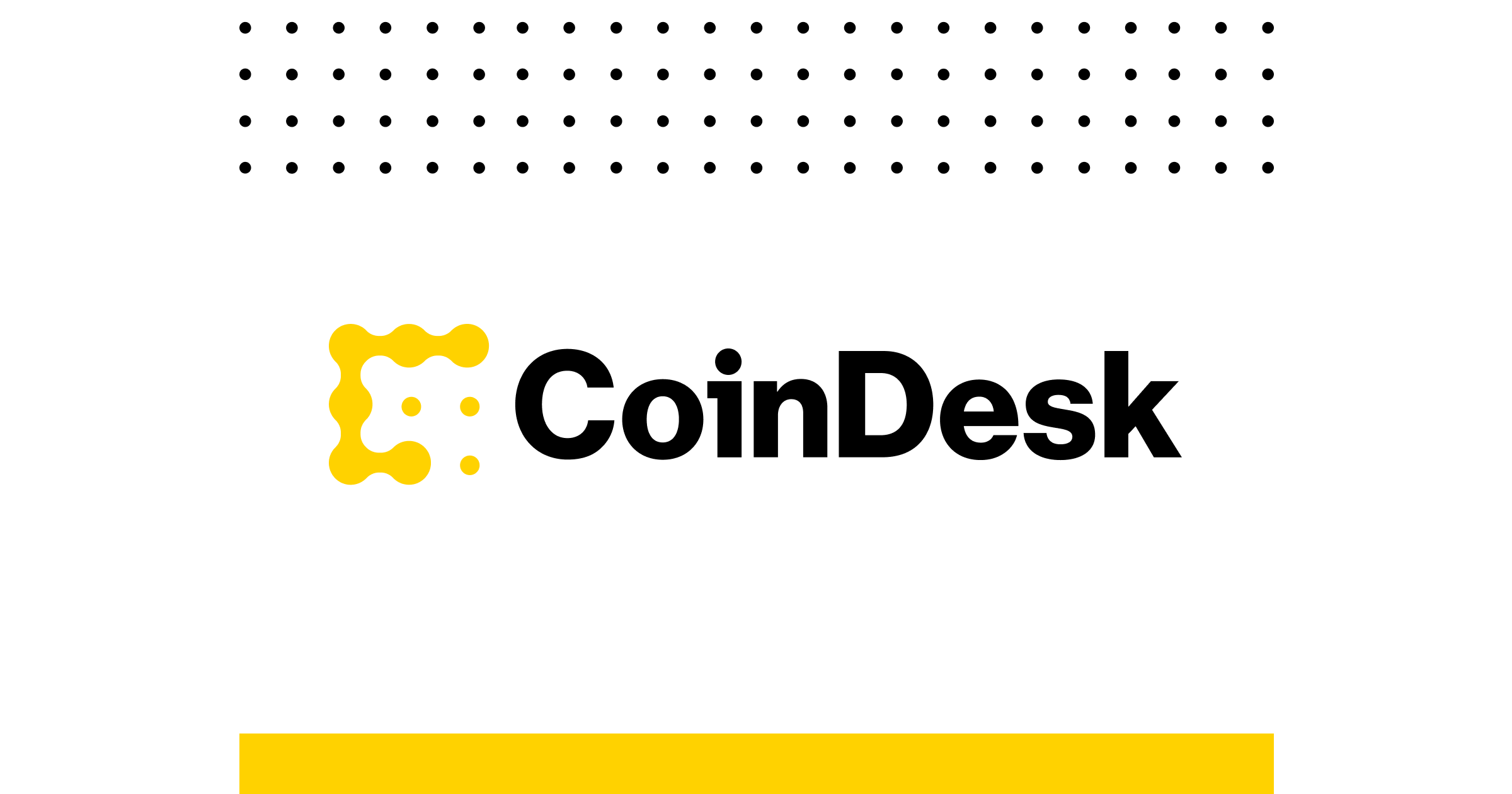Circle’s IPO Filing Tests Crypto Market Confidence After Trump’s Tariff Shock


Circle's Initial Public Offering (IPO) has caused a buzz in the crypto market after the recent uncertainties following President Trump's tariff announcements. Despite the challenging financial landscape and market fluctuations, Circle has taken a bold step by filing for an IPO with the SEC, setting a precedent as a major stablecoin issuer navigating through unclear U.S. crypto regulations.
The move has sparked mixed reactions within the industry. While some view it optimistically as a significant development advancing another crypto heavyweight towards public trading, others remain skeptical about its success in such volatile markets. Concerns about Circle's diminishing margins and high operational costs have raised questions about its ability to attract investors amidst growing competition in the stablecoin sector.
In light of recent market turmoil triggered by Trump's tariff decisions affecting global trade partners like China and EU, many companies, including CloudWeave and Klarna, have faced challenges during their IPO launches due to heightened investor anxiety amid economic uncertainties.
Analysts are closely monitoring Circle's valuation strategies as they navigate through murky waters. The company's rumored valuation between $4 billion to $6 billion is being scrutinized in relation to its financial performance which has seen profitability decline recently. The evolution of Circle into a robust payments network with sustainable margins could potentially influence its overall appeal to potential investors seeking long-term prospects in the stablecoin market.
Circle’s IPO Filing Tests Crypto Market Confidence After Trump’s Tariff Shock
Circle’s long-awaited IPO filing reignites hopes for crypto listings, but shaky markets and weak financials raise doubts.
- Circle filed for an IPO with the SEC, becoming the first major stablecoin issuer to take this step amid a shaky market and unresolved U.S. crypto regulations.
- Analysts point to Circle’s declining margins and high costs as risks, even as the company bets on long-term demand for tokenized dollars and payments infrastructure.
- A successful IPO could reignite hopes for other crypto firms like Kraken and Gemini to enter public markets, but most are likely to wait for more regulatory clarity in 2025.
As industry players like Kraken and Gemini contemplate their IPO entrances into public markets, most are expected to adopt a cautious approach, waiting for regulatory clarity and more favorable market conditions before making any definitive moves. With ongoing regulatory developments and evolving market dynamics shaping the future of crypto listings, analysts forecast an influx of IPO filings in late 2025 once regulatory frameworks are solidified and market sentiments improve across the board.
For a moment, it looked like the floodgates might open. IPO pipelines buzzed with activity. Founders dreamed of ringing the opening bell. But beneath the surface, storm clouds were gathering. A bull market is the lifeblood of successful listings, and few foresaw just how rocky the road ahead would become.
The filing landed with a mix of energy and doubt. Some in the industry saw it as a bullish signal—another crypto heavyweight inching closer to the public markets. Others questioned the timing. Markets remain shaky, and Circle’s path to a successful debut is far from guaranteed.

"I believe Circle will be able to price their IPO and raise capital, however it isn't going to be easy,” said David Pakman, managing partner and head of venture investments at CoinFund. “Generally, companies going public would like to debut during strong equity markets.”
Equities have been in a free fall since Trump announced so-called reciprocal tariffs on about 90 U.S. trade partners, including China and the European Union, deepening fears of a global recession. Both the S&P 500 and the Nasdaq have dipped 11% and 17% year-to-date, respectively, marking one of the worst quarters in recent years.
As a result, cloud computing firm CloudWeave, which went public last month, saw a disappointing debut, even though the stock rebounded on the second day of trading as investor demand for artificial intelligence companies appears to be stronger than short-term anxiety in markets. Payments app Klarna said it paused its IPO plan earlier today.
But Circle doesn’t just face broader market jitters as a potential threat to its IPO. Analysts have pointed out the company’s financials, which could make it difficult to attract investors.
Circle’s IPO filing revealed shrinking gross margins and high spending, which comes at a time when clearer stablecoin regulation could bring increased competition to the market.
“Circle is currently being priced like a traditional crypto business — cyclical, interest rate-dependent, and not diversified enough. If Circle can evolve to look more like a payments network with high margins and strong moats, its valuation might reflect that,” Lorenzo Valente, a crypto analyst at ARK Invest, wrote in a post on X.

Many aspects about the company’s structure seem to be in question, including how its revenue-sharing agreement will evolve, as well as the growth of Base, the blockchain created by Coinbase that uses Circle’s USDC, according to Valente.
“One precaution Circle has taken is a lower valuation. But, still hurdles remain as the rollout and implementation of digital rails in the banking system will take time,” said Mark Connors, chief investment strategist at Risk Dimensions, a New York-based Bitcoin investment advisory.
Circle’s rumored valuation of $4 billion to $6 billion, roughly 13 to 20 times its adjusted EBITDA, is in line with Coinbase and Block, and “not necessarily cheap, especially considering its recent drop in profitability,” Valente said.
“We do like the prospect for the growth in US-backed stablecoins based on the growing commercial use, shift in U.S. the regulatory and legislative (GENIUS Act) winds and the U.S. Treasury’s incentive to find new buyers of its growing stack of U.S. T-Bills,” according to Connors.
Over $6 trillion of Treasury bills will be rolled over this year, with additional issuance likely to fund the still-growing U.S. deficit.
However, others will likely put their IPO plans on hold as they wait for regulatory clarity and better market conditions. Analysts at crypto M&A advisory firm Architect Partners expect the majority of IPOs to be filed in the second half of 2025 after written regulations and policies are clearly completed.



